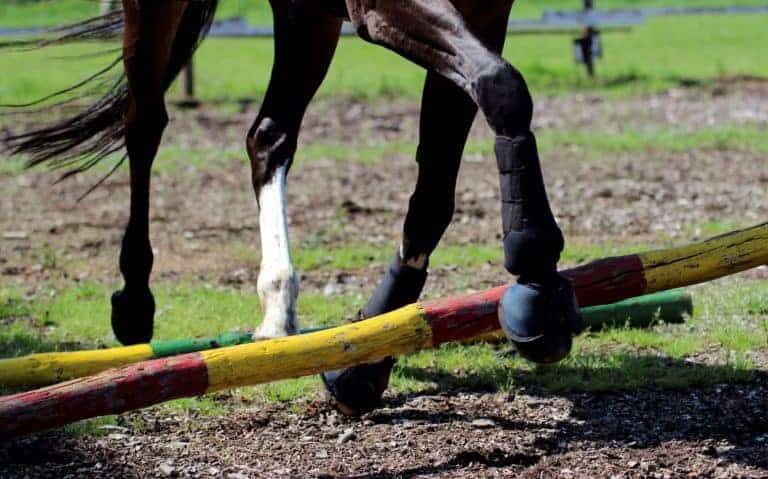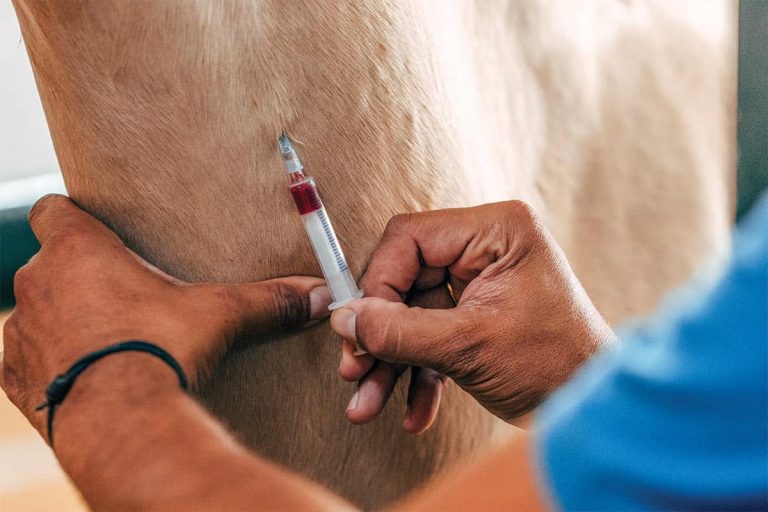Thermographic Eye Thermometers for Horses
A horse’s body temperature can indicate everything from an internal ailment (such as colic) to an infectious disease to hypothermia. Or it can simply confirm that a horse is healthy and ready for action. While most owners and veterinarians step to


















